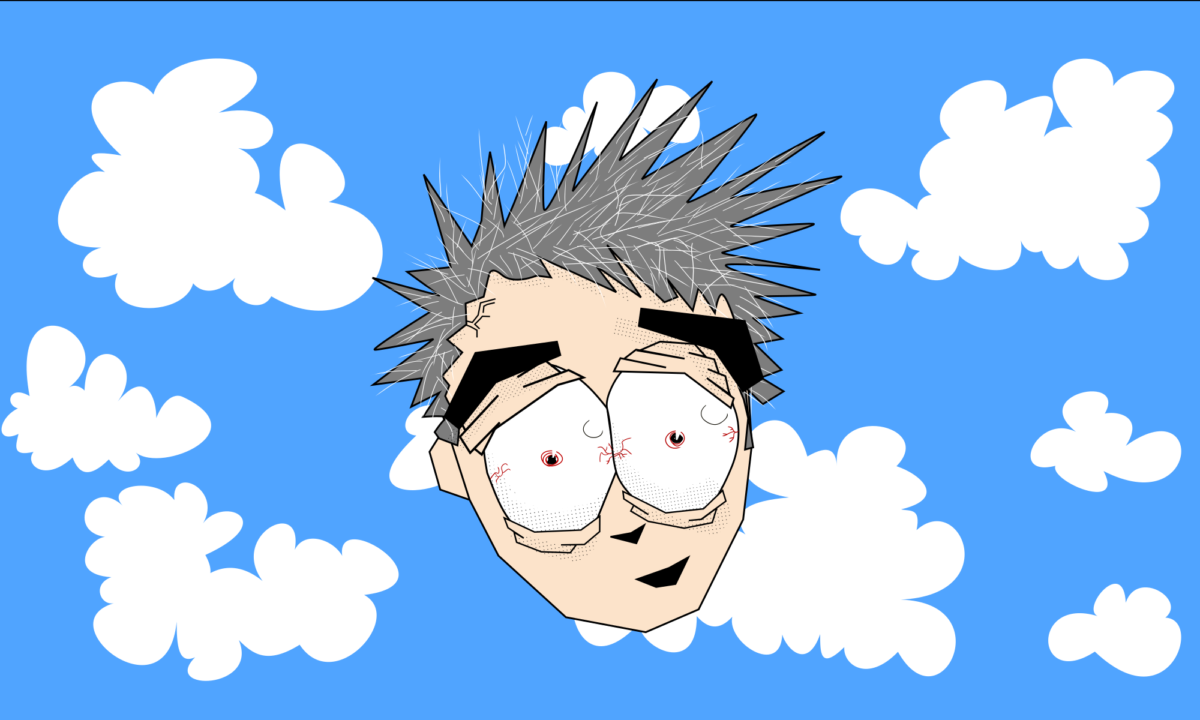Amsterdam is embracing a radical new economic theory to help save the environment. Could it also replace capitalism?
Jan 22, 2021
https://time.com/5930093/amsterdam-doughnut-economics/
参考Links:
https://en.wikipedia.org/wiki/Doughnut_%28economic_model%29
https://ideasforgood.jp/glossary/doughnut-economics/
https://www.vogue.co.jp/change/article/amsterdams-take-on-doughnut-economics
https://ideasforgood.jp/glossary/circular-economy/
Music by Kajiki
Sound Effects: https://freesound.org/people/tensaimon/bookmarks/
SNS: tensaimon / saimon tensaimon / kusaimon
I’ll post a link to the article, and to my script, in the shownotes
ポッドキャストの説明欄に元の記事、今日のepisodeのセリフ、参考のリンクを貼ります。
どうぞご参考してくださ〜い
記事のまとめ・Summary:
Our current economic model is based on GDP – Gross Domestic Product – the goal of the economy is to increase this number no matter what.
The reasoning behind this is that people’s quality of life increases as the economy grows – as a society gets richer.
(we might wonder if ordinary people getting richer is really the point – I wonder if the real point is for rich people to get richer – if we ordinary people also get richer that’s just a happy by-product).
However the problem with this economic model is that it doesn’t include any reference to the environmental damage that is caused by this economic growth.
For example more and more people owning and driving cars is counted as economic growth – a good thing – even though the cars burn gasoline which releases CO2 which causes global heating which if it continues may actually lead to the collapse of human society.
It also doesn’t include any reference to the social damage caused by this economic growth – for example people are so busy working all day every day that they have no time for community and family life, or for hobbies that reduce stress and make life worth living.
Work to live, or live to work?
What this means is that there is a maximum to economic development: the limit of the environment. If economic development passes this limit the environment will be damaged (this is what is happening now). Scientists drew this as a circle: if economic activity stays within the circle, the environment will not be damaged.
Kate Raworth is an economist, and when she was working for the anti-poverty charity Oxfam she looked at this circle diagram. She thought that as well as a maximum beyond which human activity would damage the environment, there is also a minimum below which people do not have enough to live a good life. So she drew a a smaller circle inside the big circle, which made it look like a donut: a circle of bread with a hole in the middle.
Inside the smallest circle (in the hole of the donut), people do not have enough to live a good life: they need to get richer.
In the actual doughnut, people have enough to live a good life.
However if they continue to get even richer – if they move to the outside of the doughnut diagram – they start to damage the environment.
So our economies should be designed so that everyone is living in the bread of doughnut: not too poor, but not too rich.
Amsterdam has started trying to re-design their city economy to be inside the bread of the doughnut:
For example:
they started a “true price initiative” where the price on food explains the social and environmental cost of the vegetables: an extra 6c per kilo for the carbon footprint, 5c for damage to the land by farming, 4c to pay workers fairly.
they started working on a “circular economy” where everything is recycled – they made composting compulsory, and new houses have to be built in a way that the materials can be re-used.
they started a computer recycling scheme so that people don’t have to buy new computers.
residents started using car parking spaces to hold dinner parties in summer, and eventually persuaded the city to convert many parking spaces into community gardens.
Amsterdam hopes these projects will help it become a “doughnut city” – not too rich and not too poor. And they hope other cities will learn from their example.
Hey Saimon what do you think? 私に勝手な一コメントいわせていただければ・・・
I think this is very important. It’s completely clear that many societies have gotten too rich – they are using up too many of the earth’s resources. It’s also very clear that there are many many people who are too poor to be able to live a good life. So we need to design our societies and economies to be “not too poor, and not too rich” – in the bread of the doughnut!
So I think we should all be trying to live “in the doughnut” in our own lives, and also trying to change where we live: our neighbourhoods, towns, and countries.
This is a big change from “GDP must go up” capitalism, but since eternal economic growth equals eternal environmental damage, I think we need to change our economic model.
Listeners, what do you think? 皆さん、いかがでしょうか?
Do you think we need to live in the bread of the doughnut – not too rich and not too poor?
How do you think we can change things in our neighbourhoods, towns, and countries?
Thanks for listening everybody – see ya!

“Podcast: 7 – ドーナツ経済 Donut economy” への1件の返信
コメントは受け付けていません。